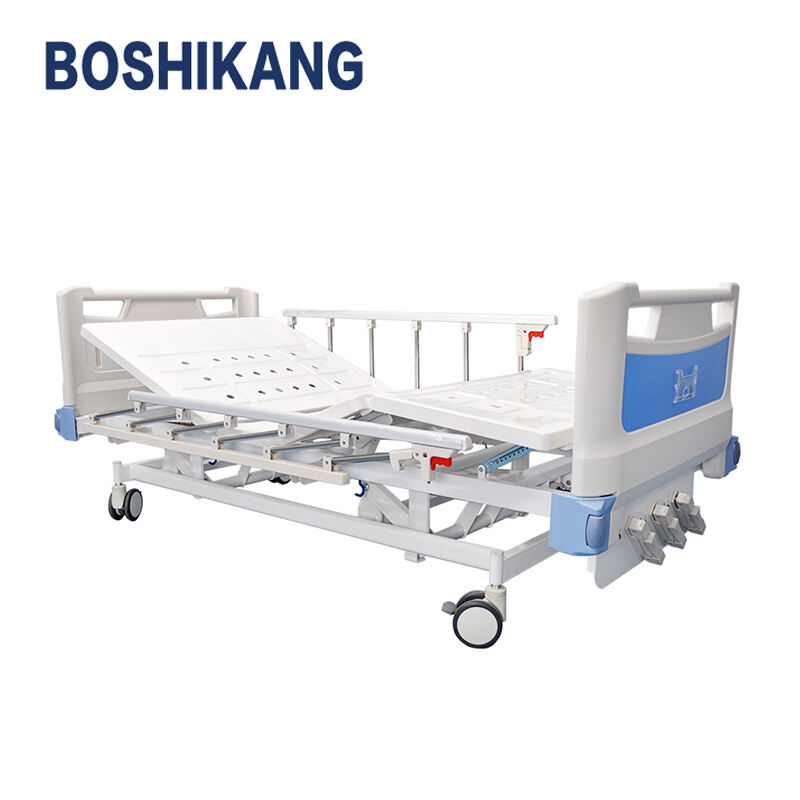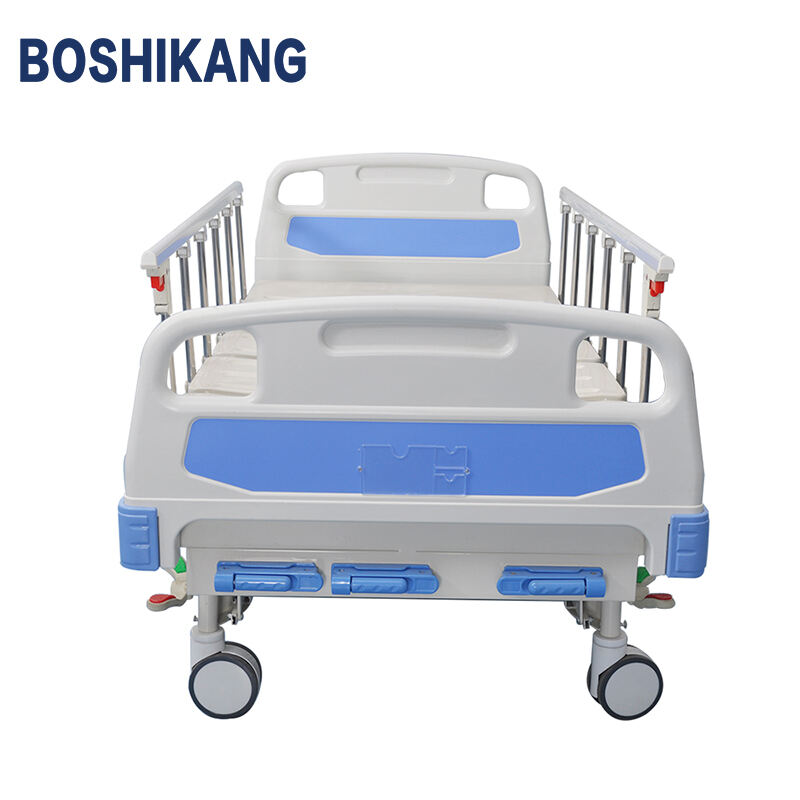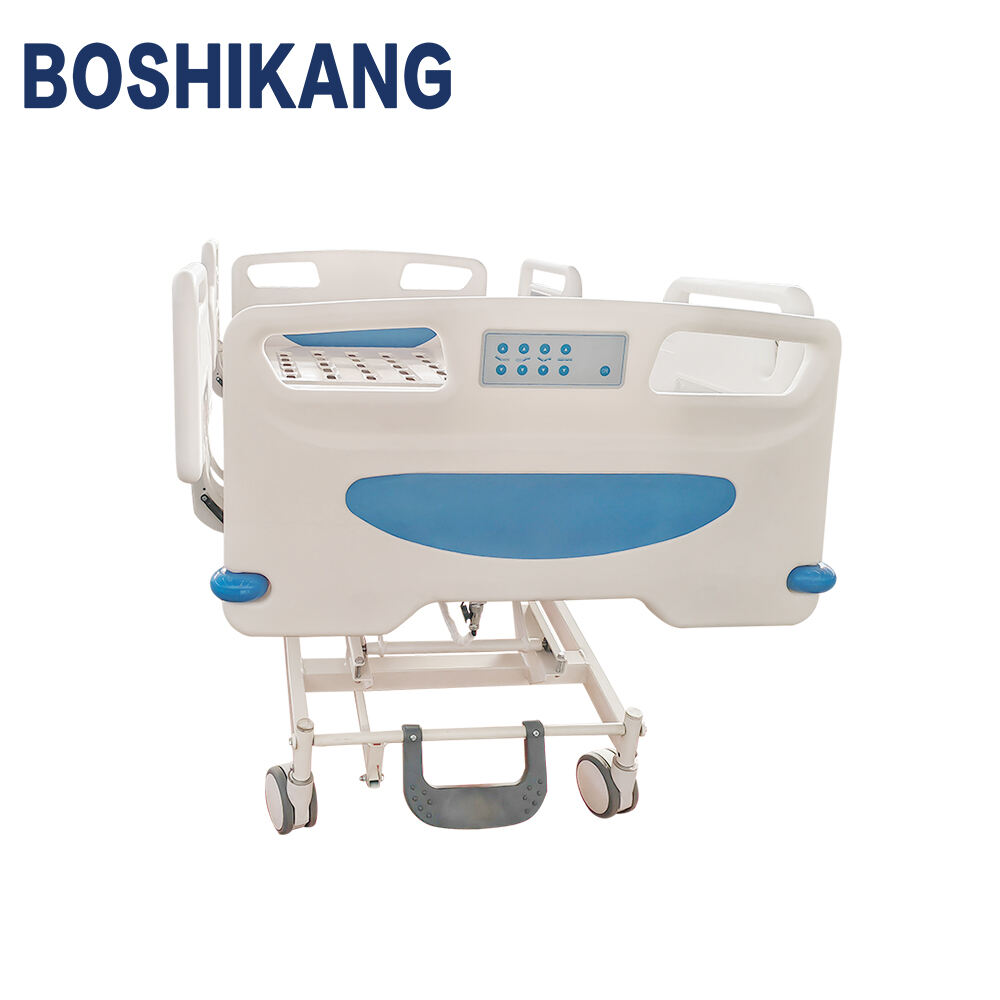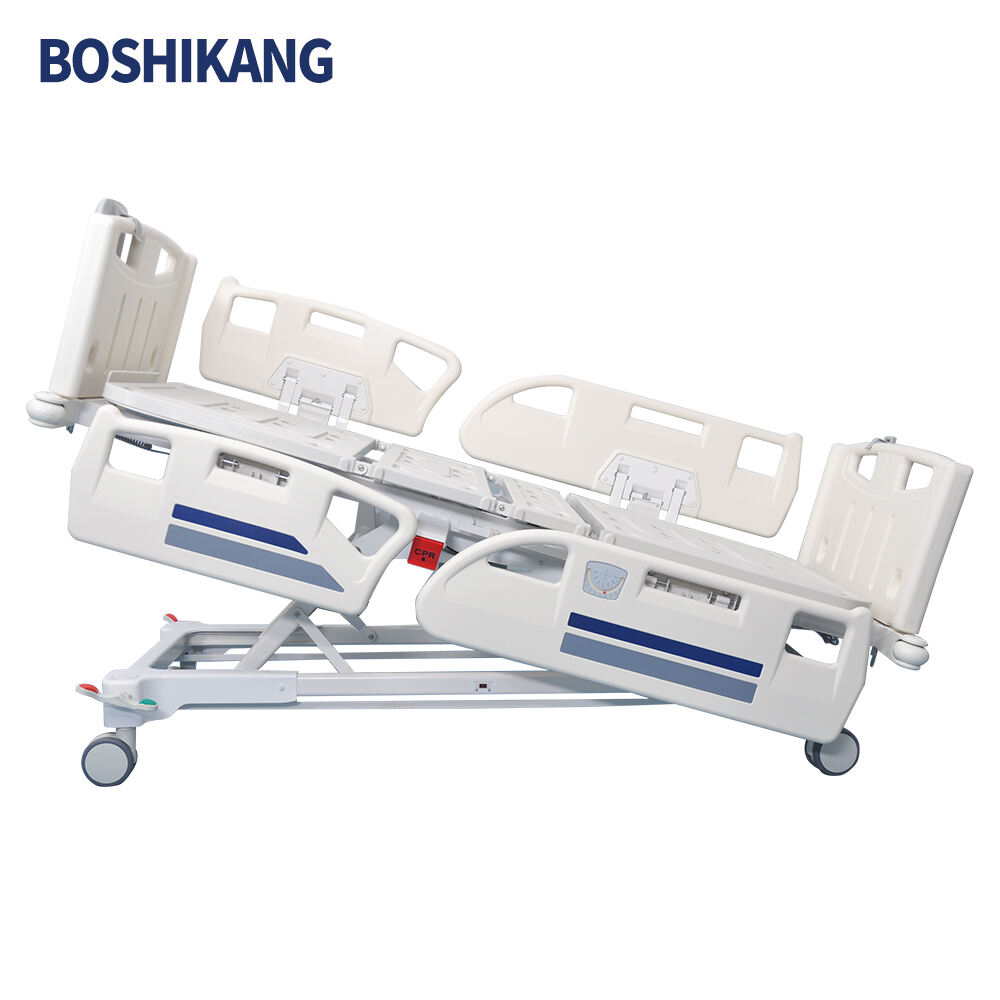smart hospital beds
Smart hospital beds represent a revolutionary advancement in healthcare technology, combining traditional patient support with intelligent monitoring and control systems. These sophisticated medical devices integrate various sensors and automated features to enhance patient care and streamline nursing workflows. The beds are equipped with built-in weight scales, position sensors, and pressure mapping systems that continuously monitor patient status and movement. They can automatically adjust height, angle, and pressure distribution to prevent pressure ulcers and maintain optimal patient positioning. Advanced models include integrated vital sign monitoring capabilities, fall prevention systems, and direct communication links to nursing stations. The beds feature touchscreen controls and intuitive interfaces that allow both healthcare providers and patients to make adjustments easily. Many models incorporate smart alarms that alert staff to potential patient safety concerns, such as unauthorized bed exits or significant changes in vital signs. The technology also enables automatic data collection and integration with hospital information systems, providing real-time patient status updates and maintaining detailed electronic health records. These beds can be programmed with specific protocols for different medical conditions, ensuring consistent care delivery and reducing the risk of human error. The integration of IoT capabilities allows for remote monitoring and control, enabling healthcare providers to adjust bed settings and monitor patient status from anywhere in the facility.











